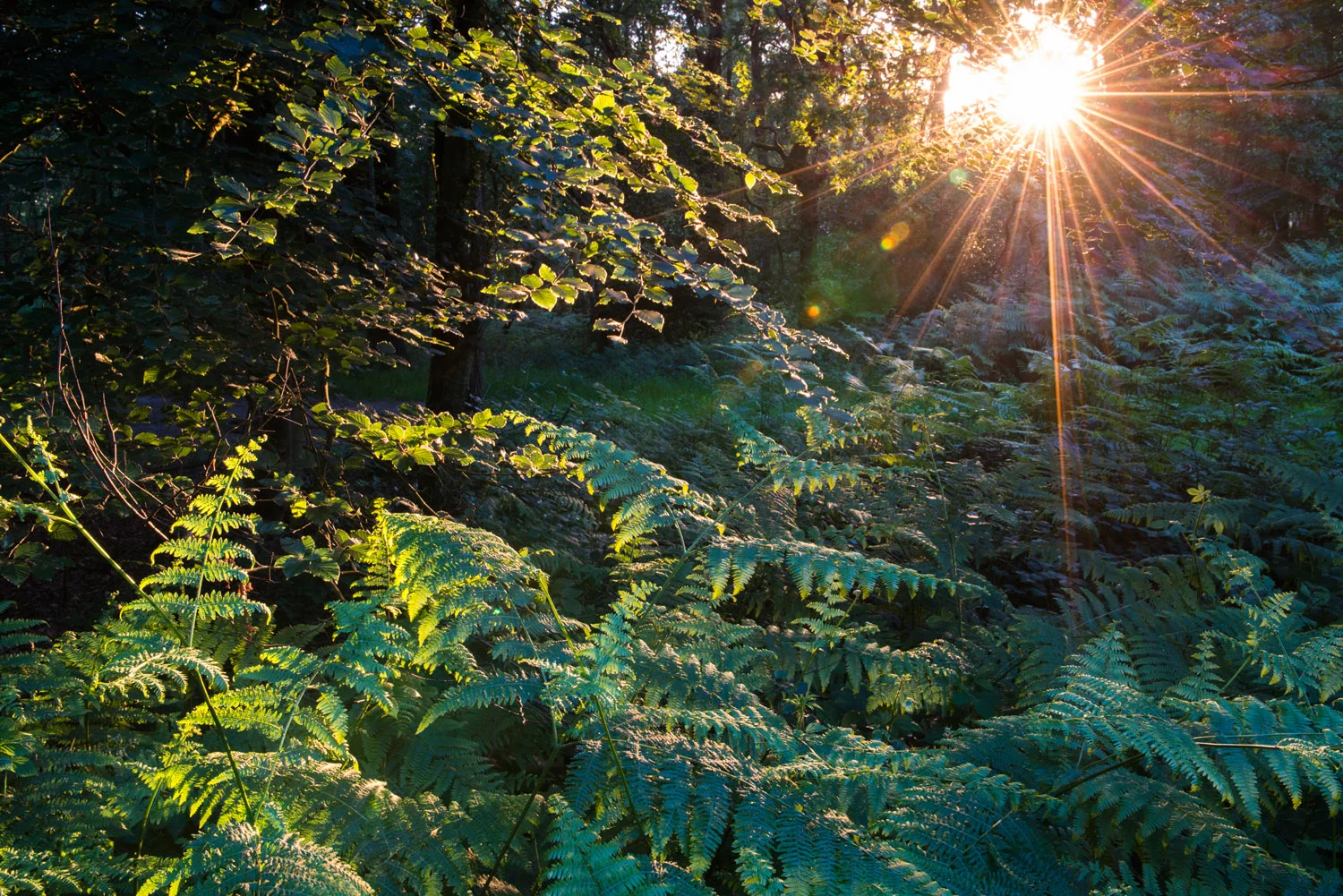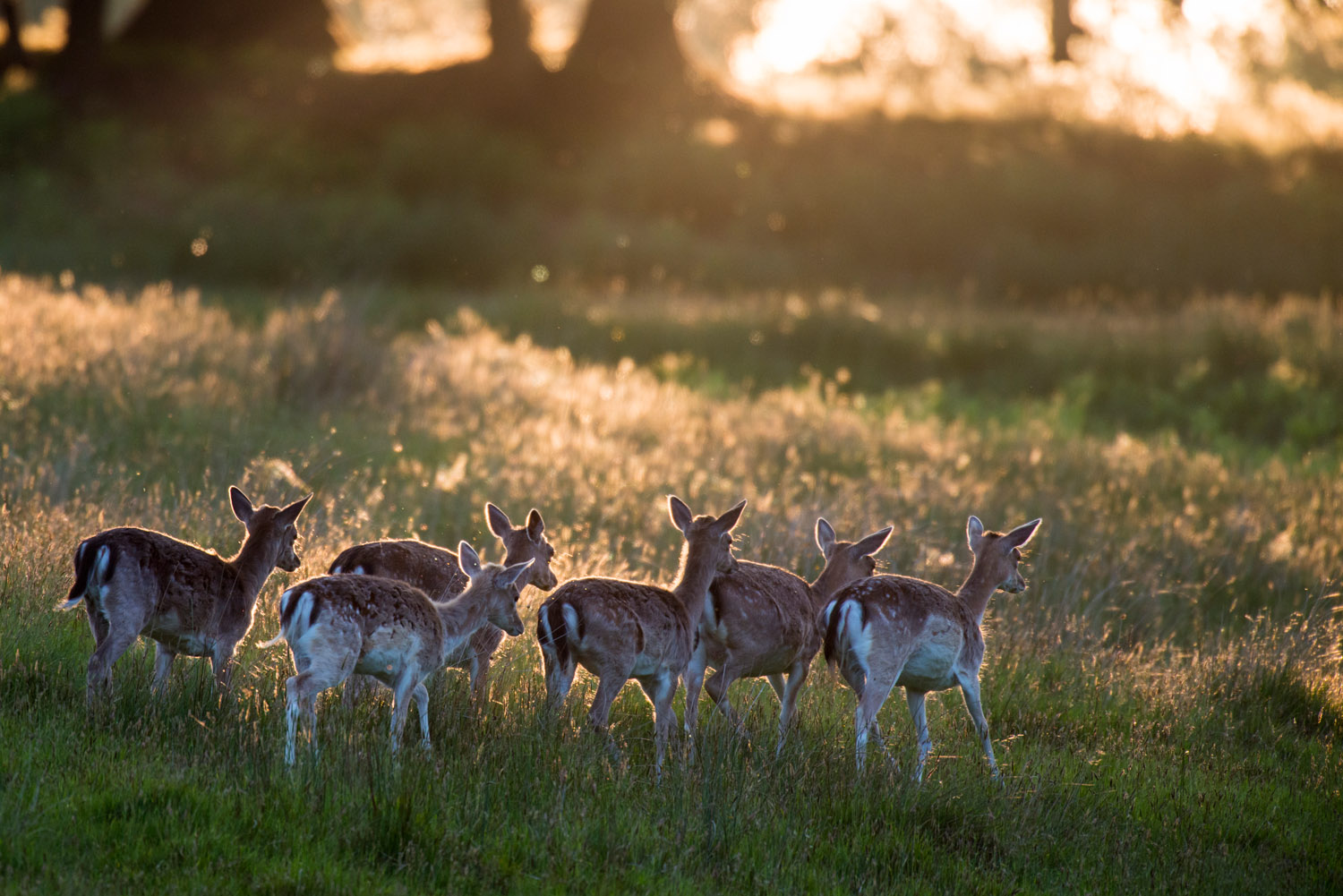BACKGROUND INFORMATION
Most of my work to date in Britain has been done close to my home which is situated next to Ashdown Forest in the Sussex Weald. The Sussex Weald lies between the chalk escarpments of the North and South Downs and includes part of the High Weald, an Area Of Outstanding Natural Beauty (AONB) and a distinct geology of sandstones and clays giving rise to a country of forested ridges and valleys. Most of the pictures in this Gallery have been taken in and around Ashdown Forest which lies on the highest part of the High Weald and covers 6,500 acres, two-thirds of which is open heathland and home to rare birds such as European nightjars and Dartford warblers and many rare plants and insects. Ashdown Forest has been made a Site of Special Scientific Interest (SSSI) by the UK government and as a result benefits from strong legal protection.
More recently, I have added a body of work from the Shetland Islands, Britain's most northerly archipelago, including in depth pictures of Atlantic puffins and northern gannets in the spectacular rugged scenery of Hermaness National Nature Reserve on the most northerly island of Unst. There are also pictures of the European otters which inhabit the coastline of the neighbouring island of Yell as well as further shots of northern gannets and great skuas taken around Noss National Nature Reserve further to the south.
Towards the end of this slideshow, there are some pictures of the starlings at Brighton's West Pier on the south coast of England which was vey close to where I used to live for about 10 years. The dramatic winter gathering of European starlings, known as a 'murmuration', at the West Pier is still occurring in spite of its almost complete deterioration due to many years of neglect. The reason for their amazing displays each evening is still a mystery but it's thought it could be an anti-predatory strategy against birds of prey such as peregrine falcons, merlins and sparrowhawks. Starlings are now listed as one of the most at-risk in the UK and their decline is thought to be largely a result of the crash in insect prey numbers caused by chemical use and intensive methods in farming since the 1970's. Much more about the Pier can be found on the West Pier Trust's website.































































































































































































